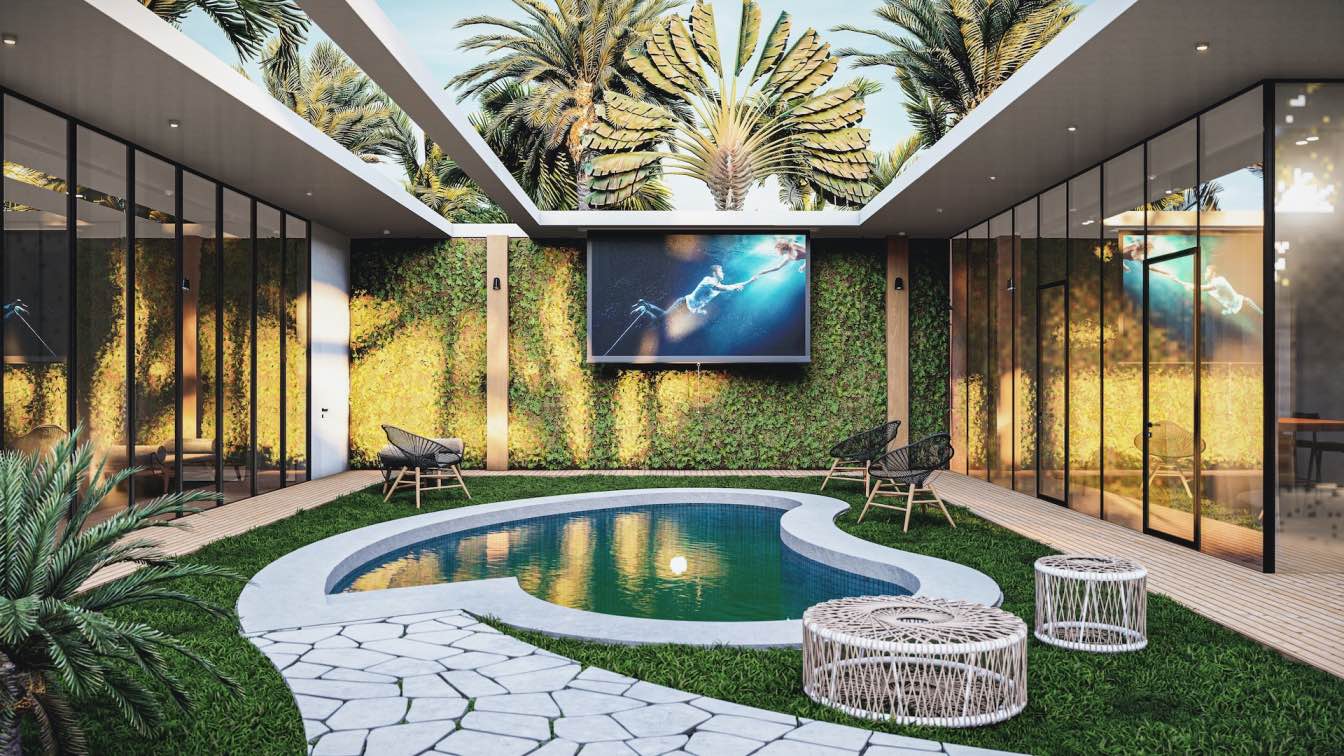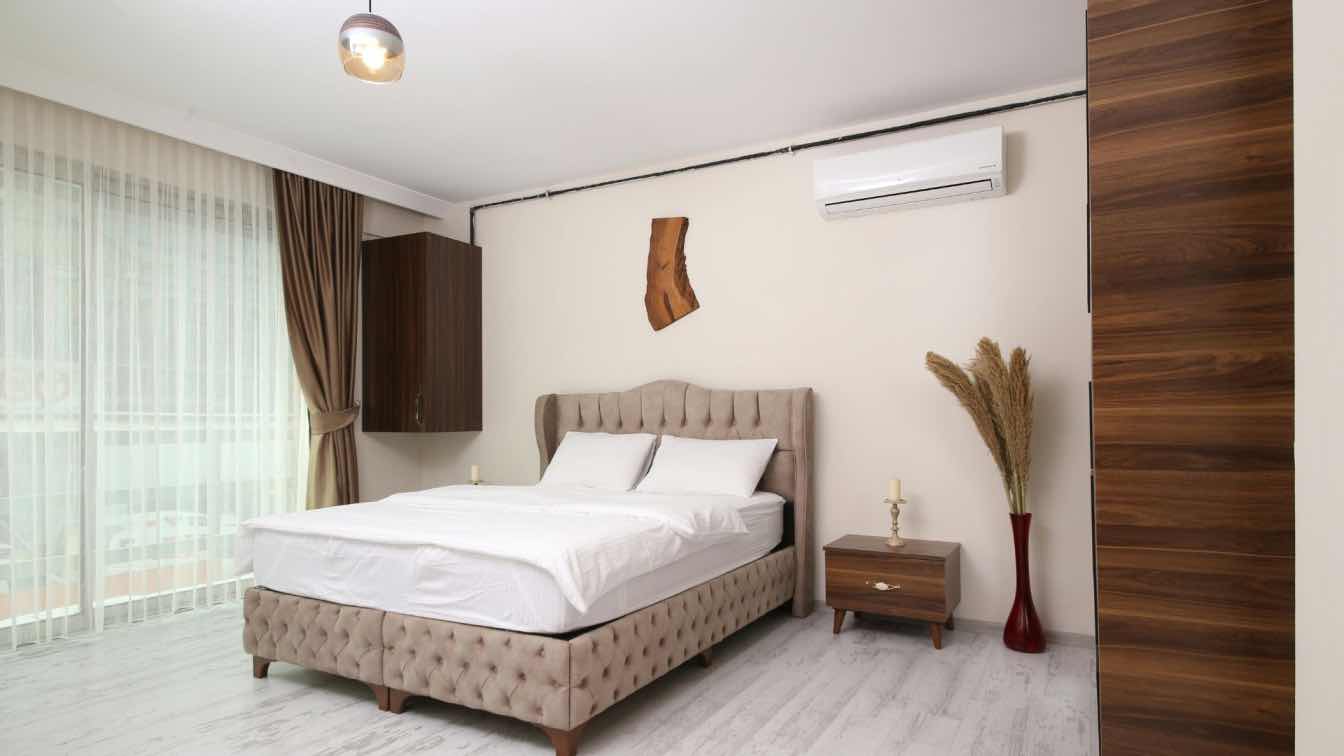Optimizing energy use in Texas homes is crucial due to the state’s unique climate and high energy demands. The folks in charge plan to pump up its energy fund by a whopping $10 billion, which sparks high hopes for a sustainable future.
Smart architectural design can be a homeowner's best friend when it comes to reducing energy waste and shrinking monthly bills. Saving money on energy bills is just the beginning. These methods also open the door to a more eco-friendly way of living.
Get the orientation of your home right, then add smart insulation choices and energy-efficient windows — these are the secrets to a well-designed building. To make homes cozier and greener, Texans can turn to design principles that reduce the need for artificial heating and cooling, saving a tidy sum on energy bills.
Saving energy in Texas isn't just about switching light bulbs; it's about putting thought into your home's architecture. Pair that with the right energy plan, and you'll soon enjoy lower bills and a clearer conscience.
This guide explores architectural strategies to help Texas homeowners reduce energy consumption and enhance efficiency, including selecting the right energy plan to complement these efforts.
Architectural Design Strategies for Energy Efficiency
Texas electricity rates stand at 14.58 cents per kilowatt-hour as of July 2024. Slash energy consumption just a notch, and you'll be shocked at how quickly the savings accumulate on your utility bills.
For homes in Texas, some smart architectural moves can spell significant energy savings — and some of these moves are surprisingly simple. A trio of benefits awaits Texas homeowners who tap into these eco-friendly strategies. First, they'll enjoy their living spaces more. Second, they'll lower their reliance on energy-intensive systems. Third, they'll reduce their impact on the environment.
Home orientation
Maximize natural light: Positioning your home to maximize natural light can significantly lessen your reliance on artificial lighting and heating. South-facing homes in Texas can benefit from passive solar heating during winter months.
Shading and overhangs: Considerations for shading and overhangs can help minimize cooling costs in the summer by blocking excessive sunlight.
Insulation and sealing
Proper insulation: Maintaining a consistent indoor temperature reduces the need for heating and cooling. High-quality insulation materials, like spray or rigid foam, provide better thermal resistance.
Sealing gaps and cracks: Don't let the great outdoors seep into your home through drafty windows and doors. Caulk those gaps and watch your energy bills plummet.
Window placement and glazing
Strategic window placement: Enhance natural ventilation and light, reducing the reliance on HVAC systems.
Double or triple-glazed windows: They offer better insulation compared to single-pane windows.
Low-emissivity (Low-E) coatings: This type of coating reflects heat, keeping your place cooler in the summer and warmer in the winter.
Material Selection for Energy Efficiency
Choosing the right materials is essential for reducing excessive use of electricity in Texas homes. Materials with high thermal mass, like brick or concrete, can absorb heat throughout the day and release it at night, helping to regulate indoor temperatures.
The materials you use directly affect your home's energy efficiency, so why not choose ones that'll keep your home cool during summer and warm during the winter, all while saving you money?
In Texas, the right materials can make all the difference.
Roofing materials
Cool roofing materials: Roofs aren't just about keeping the rain out; they can also keep the heat out. How? Reflective shingles and metal roofs can slash your cooling costs and stay comfy on even the hottest days.
Green roofs: Incorporate vegetation to provide additional insulation and reduce the urban heat island effect.
Durability and maintenance: Considerations for longevity and upkeep.
Wall and floor materials
Insulated Concrete Forms (ICFs) and Structural Insulated Panels (SIPs): These materials offer superior insulation and energy efficiency.
Sustainable materials: Bamboo or reclaimed wood reduces environmental impact while providing good insulation.
Radiant floor heating systems: They are more efficient than traditional heating methods.
Energy-efficient appliances and systems
ENERGY STAR-rated appliances consume less energy and can lead to significant savings over time.
Smart home systems, like programmable thermostats and automated lighting, optimize energy use based on occupancy and preferences.
Integrating Energy Plans for Maximum Efficiency
To achieve maximum efficiency, homeowners should consider integrating energy plans that complement their architectural strategies. Picking the right plan can be a game-changer. It pinpoints your energy habits and slashes unnecessary expenses.
One bright way to stack up the savings is by investing in solar energy or energy-efficient upgrades. It's a win-win for your finances and the planet.
Understanding energy plans
Fixed-rate plans: These plans provide stability and predictability by having a consistent rate for the duration of the contract.
Variable-rate plans: These plans offer savings during low-demand periods.
Flexible plans: These plans can adapt to your energy needs with a schedule that adjusts to your requirements.
Matching plans with energy-saving strategies
Align energy plan with home features: Maximize efficiency and savings by aligning your energy plan with your home's energy-saving features. For example, a plan with lower rates during off-peak hours can complement smart home systems to reduce energy use during peak times.
Seasonal adjustments: Energy Texas's Freedom Flex subscription allows homeowners to adjust their plan based on seasonal energy needs, providing additional savings.
Expert recommendations and tips
Regularly reviewing and adjusting your energy plan ensures it meets your needs and maximizes savings.
Install smart meters and energy management systems. They'll help you identify messy consumption patterns and opportunistic ways to optimize.
Creating a Sustainable and Energy-Efficient Home
Designing a home that prioritizes sustainability and energy efficiency involves integrating various strategies and practices throughout the building process. Emphasizing resource conservation, homeowners can select eco-friendly materials, implement energy-efficient systems, and create adaptable spaces that reduce their overall energy consumption.
Ultimately, combining these elements will create a home that is not only sustainable but also resilient for future generations.
Building a Future of Energy Efficiency
Strategic architectural design and thoughtful material selection can drastically improve your home's energy efficiency. The million-dollar question is: What happens when you marry these strategies with an energy plan that's spot on? The answer is twofold: reduced energy bills and a lesser environmental impact.
From guzzler to sipper: Are you ready to slash your energy bills? Regain control of your energy usage by adopting these simple yet effective strategies.





